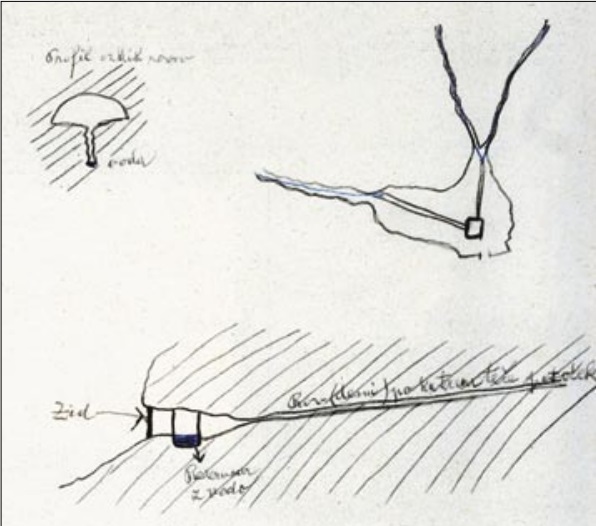Conglomerate Karst in Slovenia : History of Cave Knowledge and Research of Udin Boršt (Gorenjsko)
DOI:
https://doi.org/10.3986/ac.v34i2.275Povzetek
Folk tales and tradition evidence that people in Udin Boršt were aware of caves from old. In the 19th century a special type of outlaws occurred in Gorenjska. One of the centres was in Udin Boršt where brigands hid in caves. Under the French occupation the villagers hid in the caves, while during the 2nd World War they were partisans. Water is another factor playing an important role at studying Udin Boršt. Most of the villages were water supplied from Udin Boršt, partly out of caves. As elsewhere in conglomerates in Udin Boršt also there are traces of rock cutting for millstones. The first printed news about the caves in Udin Boršt are found in Valvasor’s Die Ehre des Herzothums Crain. The book History of the Ljubljana Bishop’s Diocese cites seven caves. The modern caving research started in 1946. In 1954 the members of the Natural Science Circle of the 1st Grammar School, Kranj started to visit caves in Udin Boršt. About that time a co-worker of the Karst Research Institute from Postojna started to research these caves. The caves in Udin Boršt were revisited in the seventieth of the past century in connection with the project “Speleological Map of Slovenia”. The connection between the people and the land can be seen from the topographical names too. The last part of the paper deals with these names, including the explanation of the name Udin Boršt.
Da so ljudje jame v Udin borštu že dolgo poznali, se odraža v ljudskem blagu in izročilu. V 19. stol. je nastalo rokovnjaštvo. Eno od središč je bilo v Udin borštu, kjer so se rokovnjači skrivali po jamah. Pred Francozi so se skrivali po jamah tudi vaščani, med II. svetovno vojno pa partizani. Drugi dejavnik, ki je igral veliko vlogo pri spoznavanju jam v Udin borštu, je voda. Večina vasi je dobivala vodo iz Udin boršta, deloma iz jam. Kot drugod v konglomeratu, so tudi v Udin borštu sledi lomljenja kamine za mlinske kamne. Prva tiskana vest o jamah v Udin borštu je v Valvasorjevem delu »Slava vojvodine Kranjske«. V Zgodovini fara Ljubljanske škofije je omenjenih sedem jam. Sodobno jamarsko raziskovanje se je pričelo leta 1946. 1954 so pričeli obiskovati jame v Udin borštu člani Prirodoslovnega krožka I. gimnazije iz Kranja. V istem času se je raziskovanja teh jam lotil sodelavec Inštituta za raziskovanje krasa SAZU iz Postojne. Jame v Udin borštu so bile ponovno obiskane sredi sedemdesetih let prejšnjega stoletja, v okviru velikega projekta »Speleološka karta Slovenije«. Povezanost človeka z zemljo se vidi tudi iz krajevnih in ledinskih imen. Zadnji del prispevka se ukvarja s temi imeni, vključno z razlago imena Udin boršt.
Prenosi

Prenosi
Objavljeno
Kako citirati
Številka
Rubrike
Licenca
Avtorji jamčijo, da je delo njihova avtorska stvaritev, da v njem niso kršene avtorske pravice tretjih oseb ali kake druge pravice. V primeru zahtevkov tretjih oseb se avtorji zavezujejo, da bodo varovali interese založnika ter da bodo povrnili morebitno škodo.
Podrobneje v rubriki: Prispevki




